Template for Writing a Letter of Recommendation
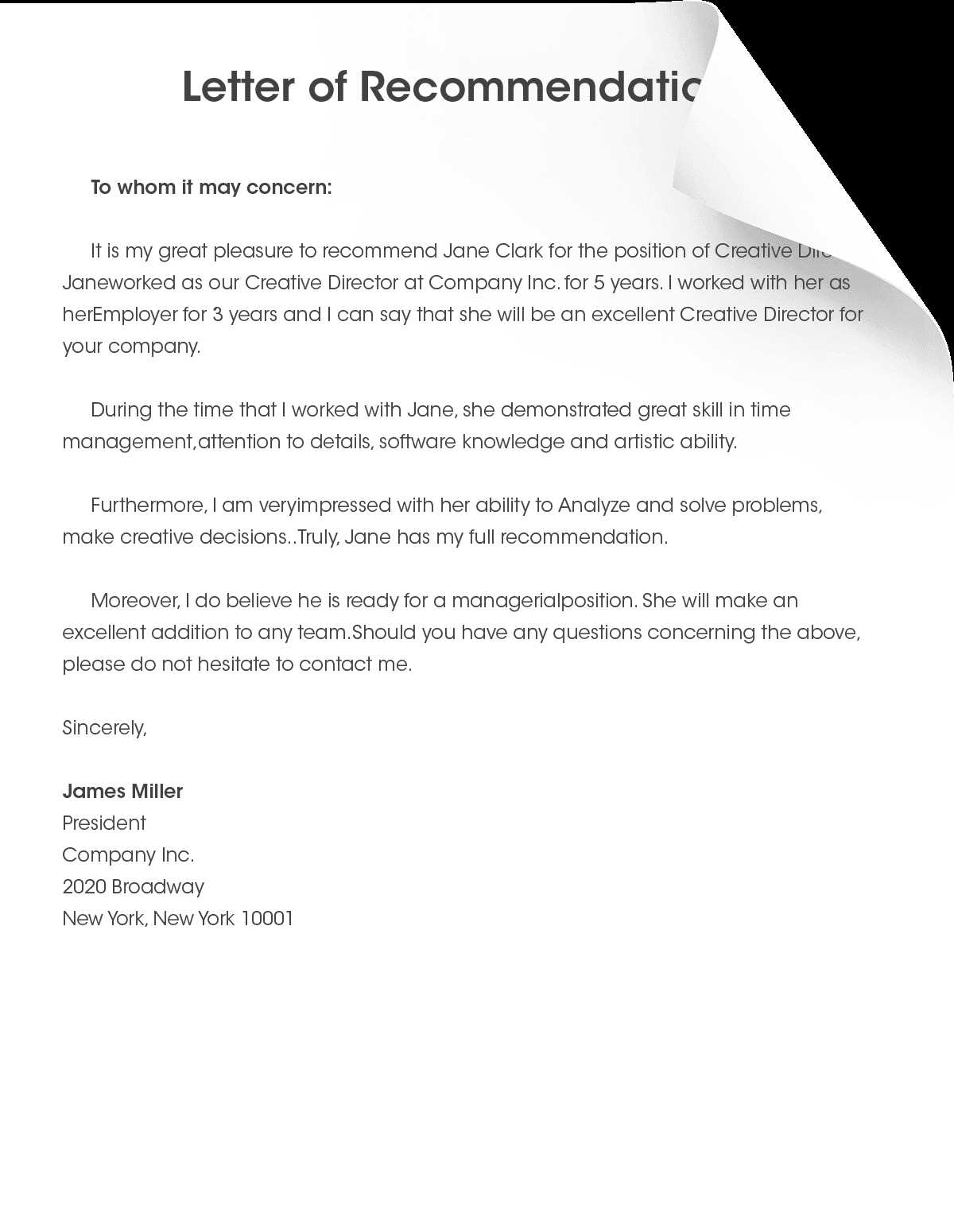
When writing a reference, it’s important to structure it clearly and present the necessary information in a professional way. A well-organized document helps the reader understand the qualities and achievements of the individual being praised. Below, you’ll find useful tips and suggestions to craft an effective recommendation that will make a strong impression.
Key Components to Include
To ensure that the reference highlights the individual’s strengths, it should contain several core elements:
- Introduction: Briefly introduce yourself and explain your relationship to the person you’re recommending.
- Key Qualities: Focus on the individual’s specific strengths, skills, and attributes that make them stand out.
- Examples: Provide real-life examples of how the person has demonstrated their qualities in a professional or personal context.
- Conclusion: Sum up why you strongly recommend this person and offer your contact information for follow-up.
Personalizing the Document
Make sure to adjust the content to suit the individual. Tailoring the document to highlight their unique achievements or qualities makes it more impactful and memorable. Avoid using generic statements, as they can make the reference feel less personal and relevant.
Maintaining a Professional Tone
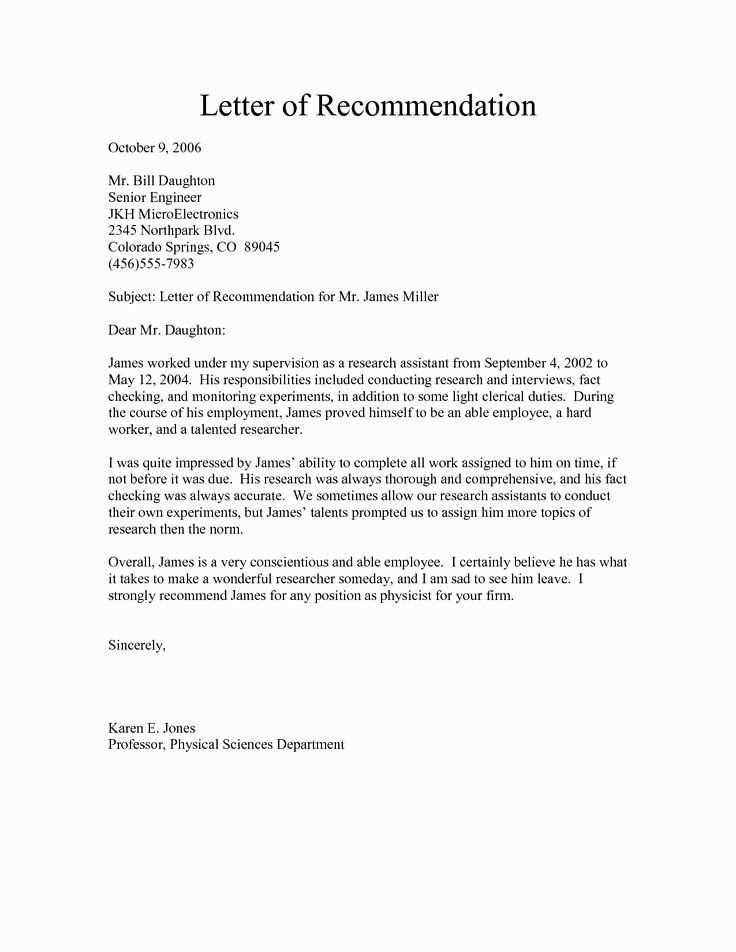
It’s important to maintain a formal yet friendly tone throughout the document. A reference should reflect your professionalism while also showing genuine support for the individual. Ensure that your language is clear and free of errors, and avoid overly casual or exaggerated statements.
Avoiding Common Mistakes
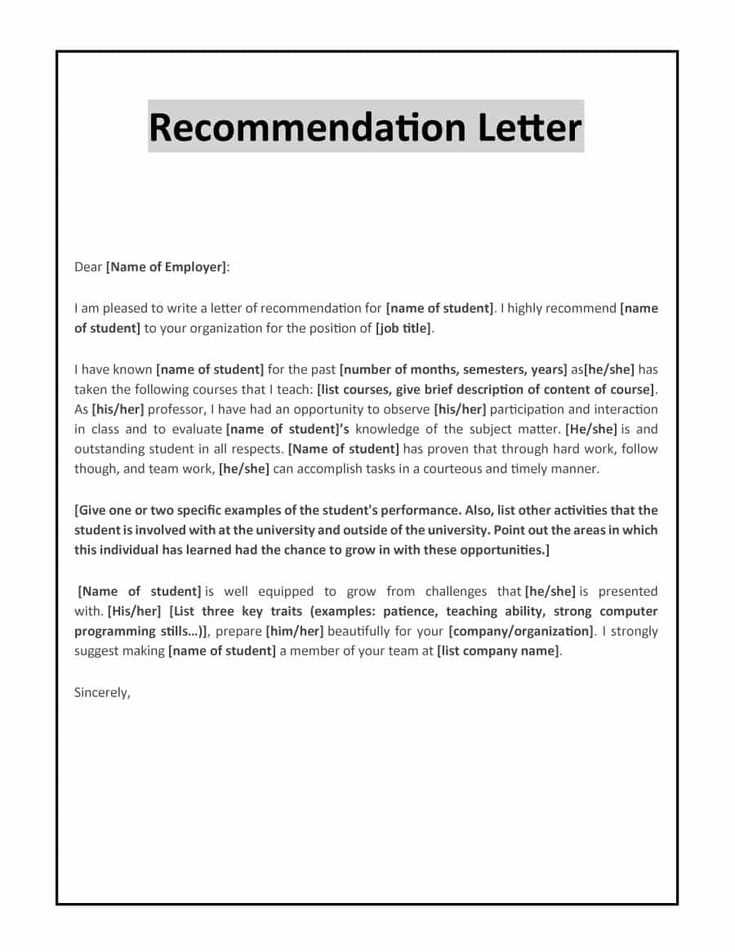
There are a few common pitfalls to avoid when writing a reference:
- Over-generalizing: Vague statements do not help build a convincing case.
- Failure to give specifics: Always include concrete examples to support your claims.
- Ignoring format: A disorganized reference can be hard to follow and may not convey your message effectively.
Final Touches
Once you’ve finished drafting your reference, take the time to review it carefully. Ensure it accurately represents the individual’s qualifications and leaves a positive, lasting impression. A well-written reference can make all the difference in helping someone achieve their goals.
Creating an Effective Reference Document
When crafting a strong reference, it is essential to structure the content in a way that highlights the individual’s qualifications and attributes clearly. A well-organized reference helps the reader understand the strengths of the individual being endorsed. Below are key points to consider when preparing such a document to ensure it leaves a lasting impression.
Key Components of a Strong Endorsement
Each reference should contain several core components to be truly effective:
- Introduction: Provide context by explaining your relationship to the individual and how long you’ve known them.
- Notable Traits: Highlight the individual’s specific strengths and qualities, focusing on what makes them unique.
- Real-Life Examples: Use specific instances where the individual demonstrated their skills or attributes.
- Conclusion: Reinforce your support by summarizing why you highly recommend this individual and offer your contact information for follow-up.
Personalizing the Endorsement
To make the reference stand out, tailor it to the individual’s unique qualities. Avoid generic statements, as they diminish the authenticity of the document. Customizing your message shows that you’ve put thought into your endorsement and truly understand the individual’s abilities.
Maintaining a Professional Tone
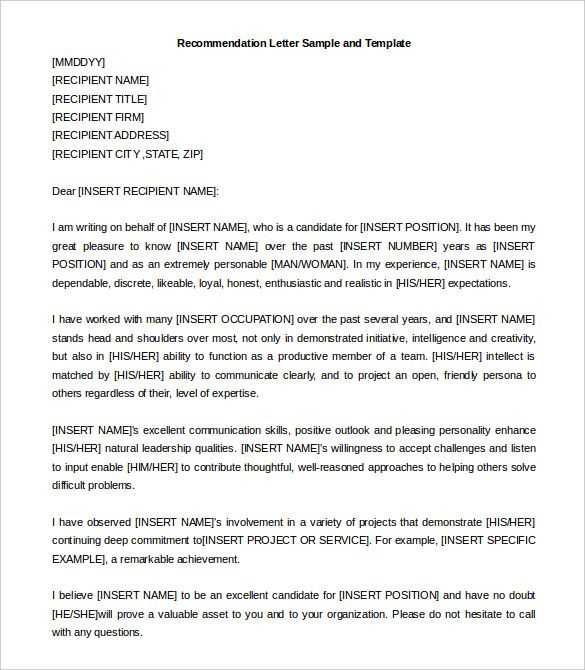
It’s crucial to keep a formal yet approachable tone throughout. A reference should remain professional, without sounding too stiff or casual. Clear, concise language ensures that your message is understood and demonstrates your professionalism.
Common Mistakes to Avoid
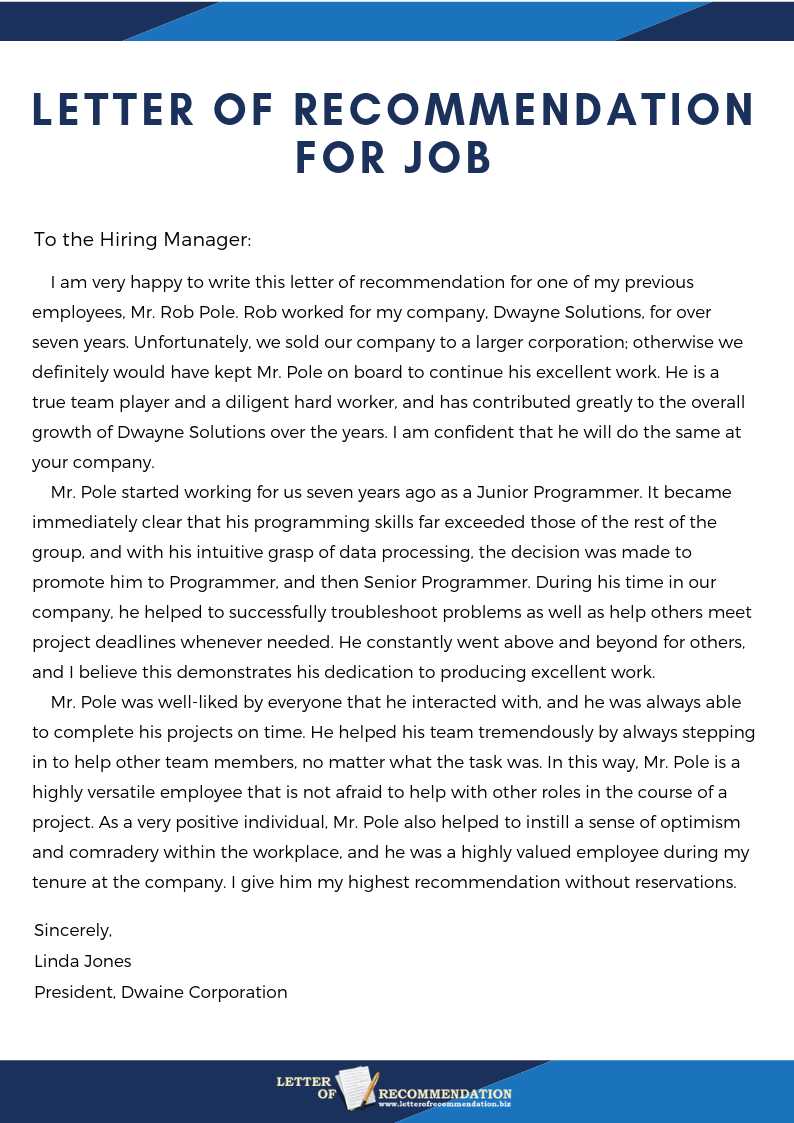
There are several common mistakes to watch out for when writing a reference:
- Vague Statements: Avoid generalities, as they do not offer enough insight into the individual’s capabilities.
- Lack of Specific Examples: Providing concrete examples is necessary to back up the claims made in your endorsement.
- Poor Structure: A reference with a disorganized layout can confuse the reader and weaken your message.
How to Properly Address the Endorsement
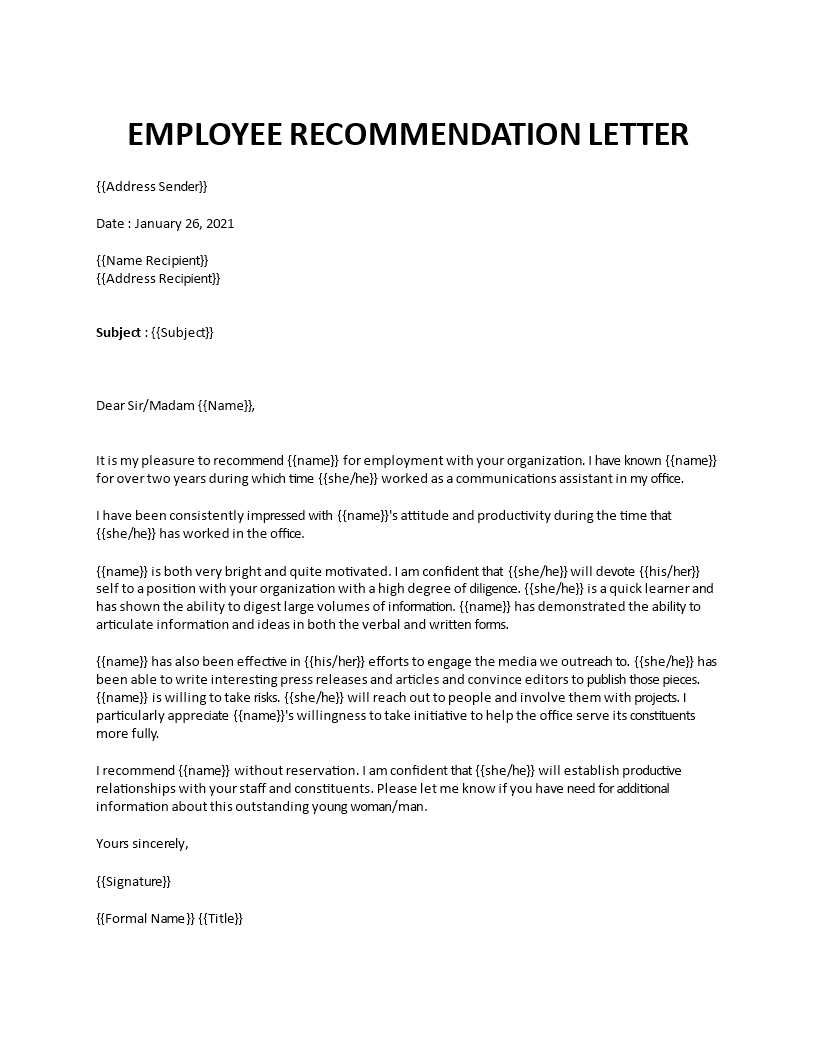
Be sure to address the recipient in an appropriate and respectful manner. If the recipient is known, use their title and last name. If the letter is addressed to an institution or a general audience, a formal greeting is best.
Examples of Strong References
Finally, reviewing examples of effective references can help you understand how to structure and write your own. Strong references focus on the individual’s strengths while being specific and personal. They include clear examples and provide a positive yet realistic view of the individual’s abilities.